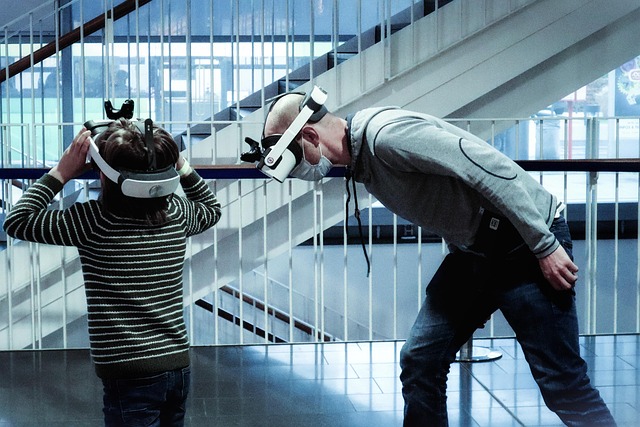In the ever-evolving landscape of software development, one of the most thrilling trends is the emergence and integration of user-generated content (UGC). As immersive technologies like Virtual Reality (VR), Augmented Reality (AR), and the Metaverse reshape the digital playground, the role of users in creating engaging experiences has never been more pivotal.
Virtual Reality stands at the forefront of this revolution. Within VR environments, users are no longer mere spectators; they are active participants and creators. With tools that allow for the design of intricate worlds and narratives, the lines between developers and users blur. Imagine jumping into a VR game not just to play but to shape your own experience. Users can design levels, characters, and entire story arcs, enhancing the depth and personalization of gameplay. This shift not only fosters a sense of ownership but also builds a vibrant community where creativity knows no bounds.
Similarly, Augmented Reality is redefining real-world interaction by overlaying digital elements onto our physical environment. Here, user-generated content shines just as brightly. From customizable filters on social media to interactive educational tools that allow users to create and share their own AR experiences, the potential is limitless. For instance, users can design unique AR art installations, turning local neighborhoods into open-air galleries, or educators can create engaging lessons that students can interact with in real-time. This democratization of content creation encourages innovation and ensures that experiences are more relevant and reflective of diverse perspectives.
As we dive deeper into the concept of the Metaverse, the possibilities of user-generated content expand exponentially. The Metaverse is envisioned as a shared, virtual space where users interact across various platforms and environments. In this vast digital universe, users can craft their own identities, own virtual assets, and define their experiences. UGC becomes the foundation of this immersive world, with users contributing everything from digital real estate to social events. The idea of co-creating within the Metaverse fosters community-building; users can collaborate on projects, share knowledge, and form connections that transcend geographic borders. This collective effort not only enriches the Metaverse but also enhances individual experiences as users encounter a diverse range of content created by their peers.
The integration of user-generated content in these immersive technologies highlights the transformation in our relationship with software. No longer is software viewed as a static tool; it is now a dynamic canvas for creativity, collaboration, and self-expression. As more people engage in creating content, they develop a deeper connection with the technology and the communities that spring up around it. This participatory model encourages inclusivity, allowing voices from various backgrounds to be heard and celebrated.
In summary, the increasing prominence of user-generated content in Virtual Reality, Augmented Reality, and the Metaverse illustrates a significant shift in the software landscape. By empowering users to become co-creators, we witness a rich tapestry of experiences that is continuously growing and evolving. The possibilities are endless, and as technology advances, the role of users in shaping the future of digital interactions will undoubtedly expand even further.




